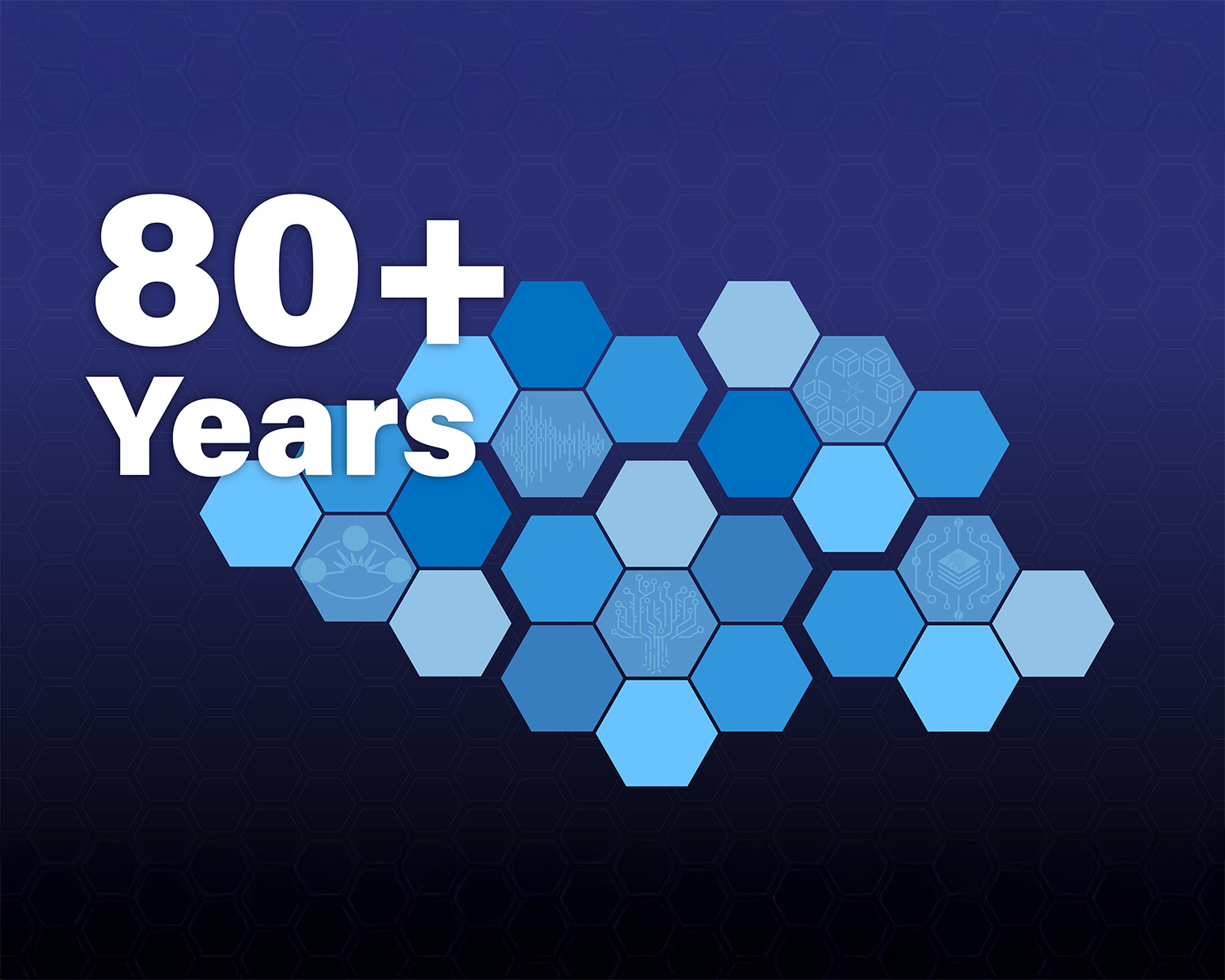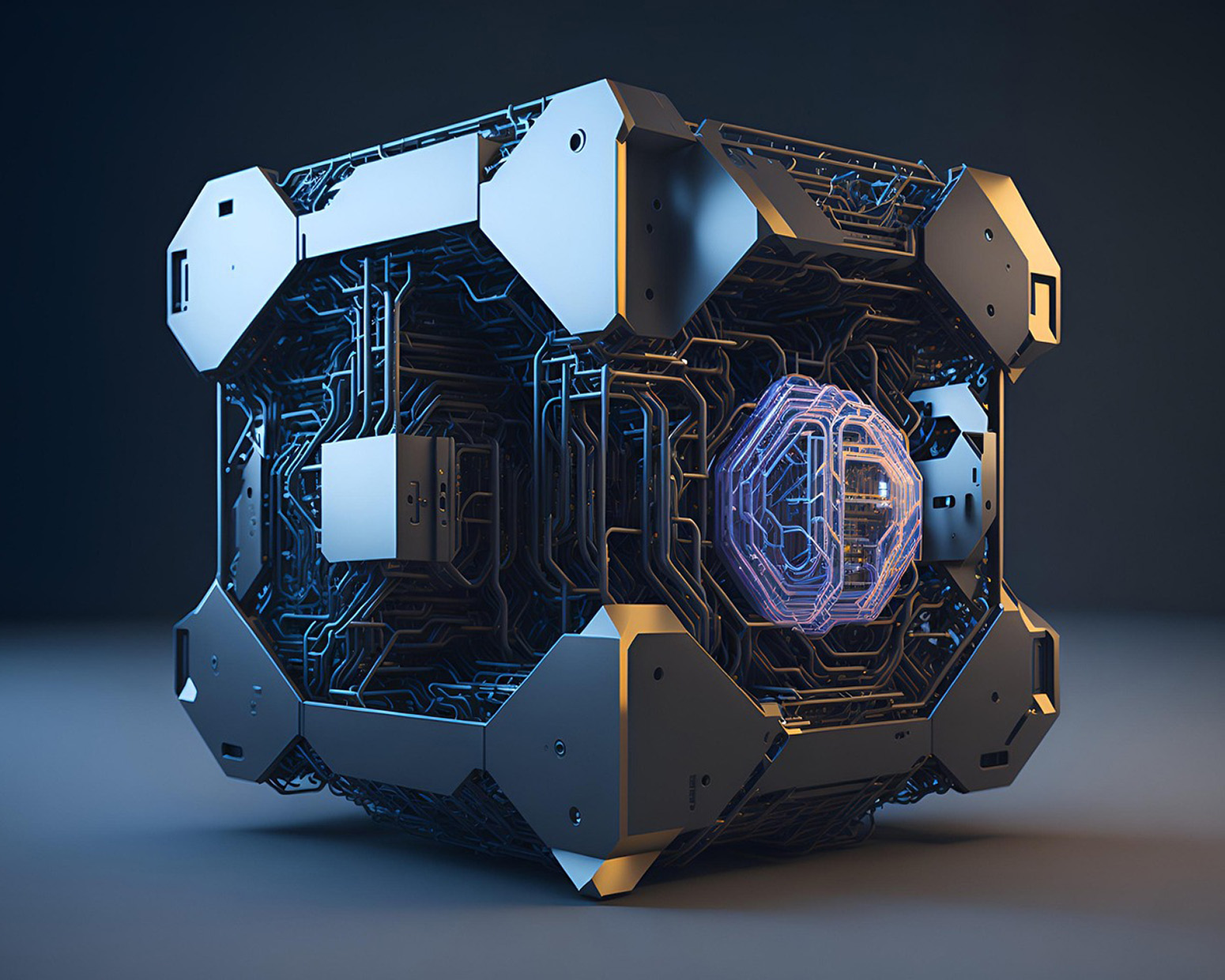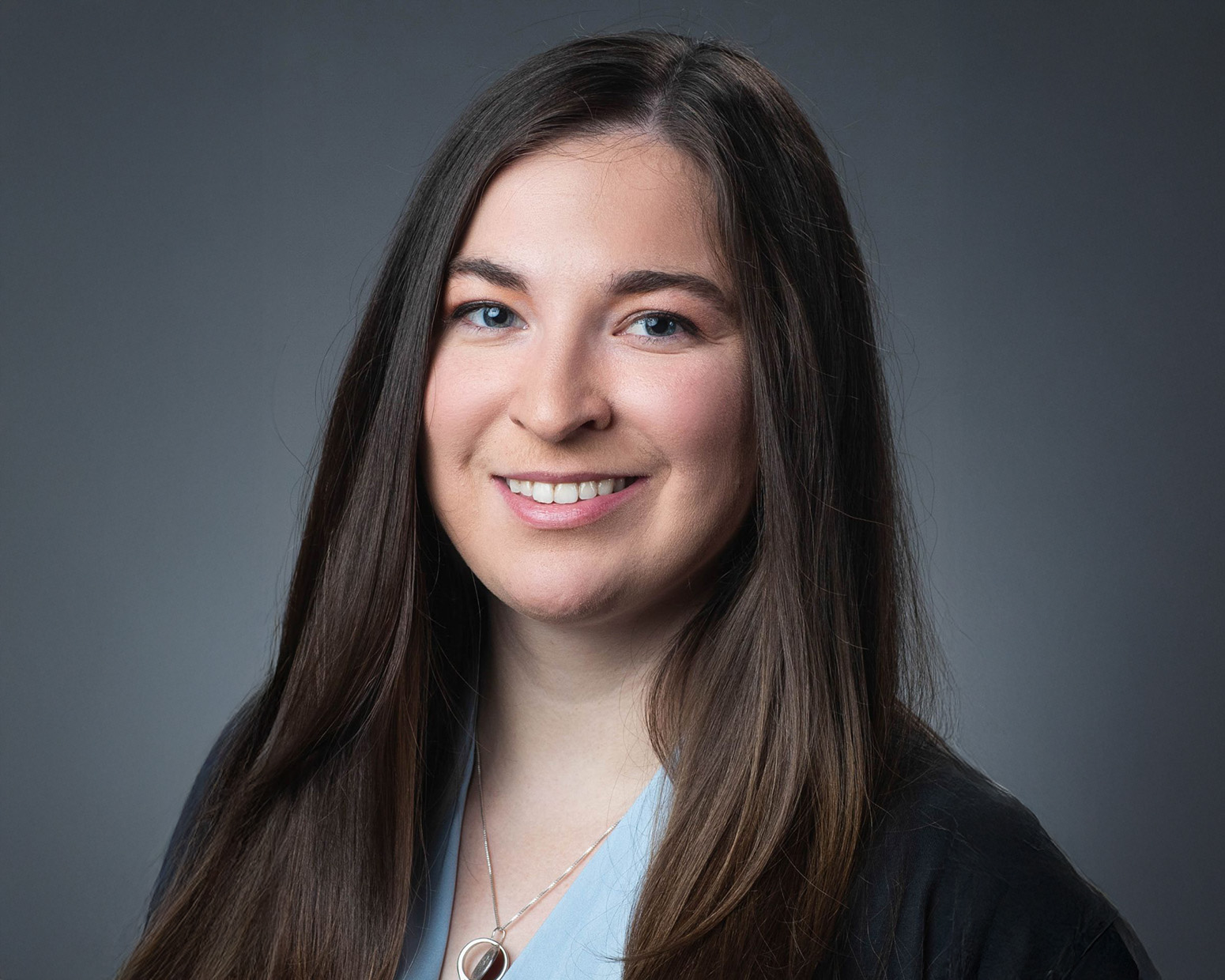Los Alamos researchers develop AI method for 3D dynamic imaging
Overcoming a major challenge to benefit materials science

Dynamic materials imaging is imperative for understanding how materials behave under extreme conditions. However, traditional 3D imaging requires sample rotation and data from multiple projection angles, which is not feasible when materials undergo rapid changes. To solve this challenge, Los Alamos researchers developed an adaptive generative artificial intelligence method for tracking the evolution of 3D objects using coherent X-ray diffraction imaging.
Why this matters: The team’s novel adaptive approach, combining generative AI with feedback control theory, overcomes a major challenge in machine learning known as distribution shift in a time-varying system. For materials science applications, this approach enhances dynamic imaging capabilities at the Lab’s Proton Radiography facility and Dual-Axis Radiographic Hydrodynamic Test facility, and at the Advanced Photon Source’s Dynamic Compression Sector.
What they did: Generative models excel at solving many scientific problems, but they face a critical limitation: they cannot adapt to systems that change over time. Traditional solutions require constantly gathering new data and retraining the model, which proves impossible for materials undergoing rapid changes. The team solved this challenge by creating a novel adaptive generative approach that integrates feedback control theory into the AI architecture.
The team proved their method's effectiveness by tracking the evolving 3D electron density of dynamic objects, revealing nanometer-scale details of shape changes and atomic displacements, and mapping the evolving strain fields within the material.
Funding: This work was conceptualized through the Laboratory Directed Research and Development program Exploratory Research-Seedling project and continued through the Dynamic Materials Properties Campaign under DOE-NNSA.
LA-UR-25-21607





